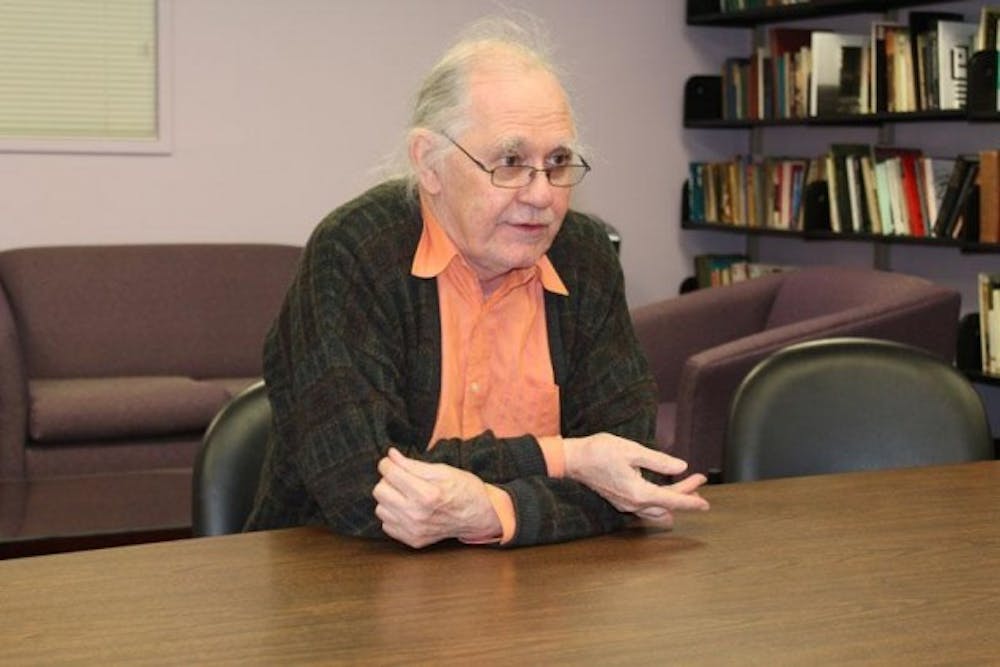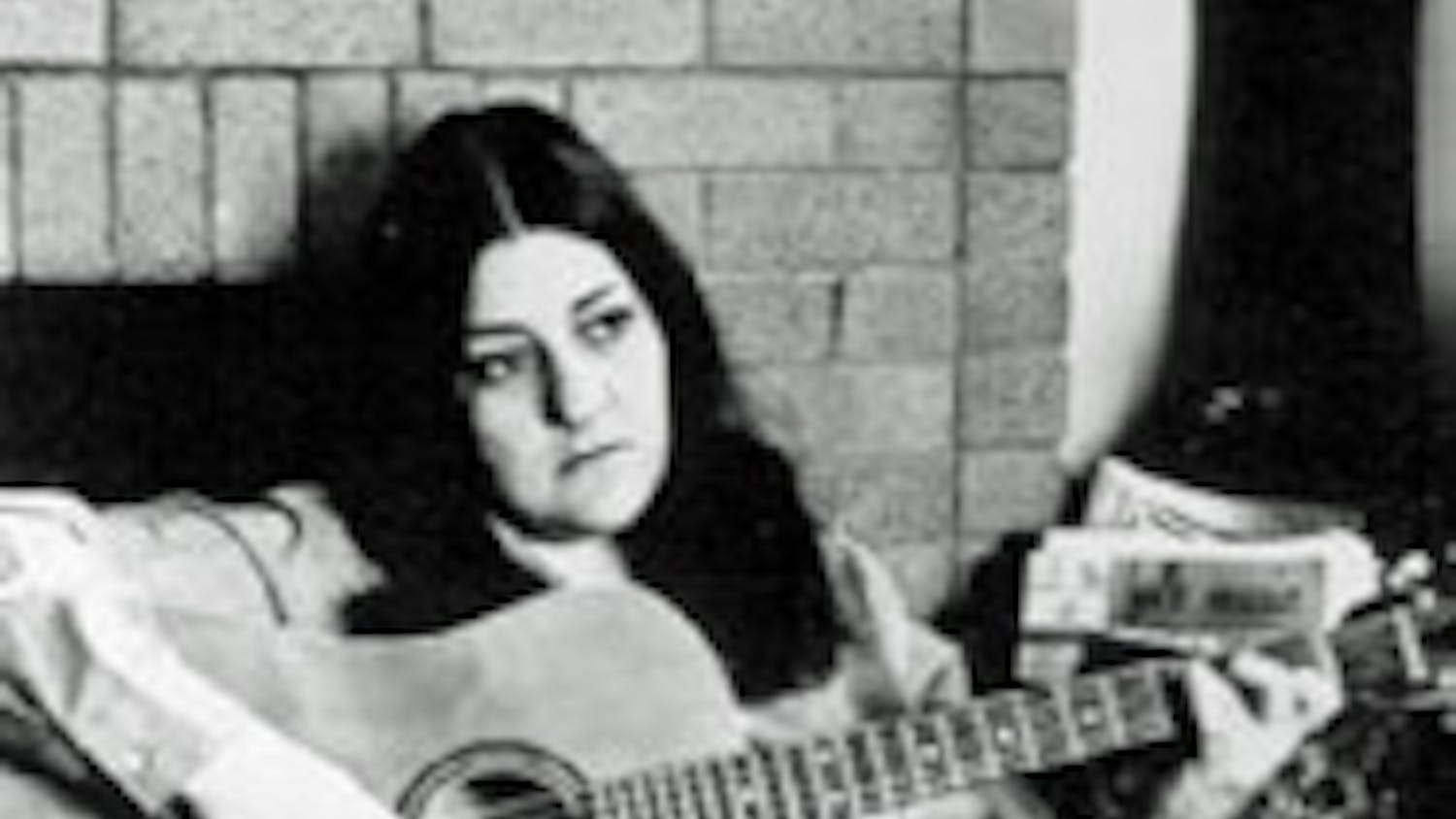Dr. Steve McCaffery believes biologists and poets don't have to be so different.
McCaffery, an English professor and the David Gray Chair of Poetry and Letters, is aware that education at UB, and throughout the nation, is becoming increasingly concerned with the STEM fields rather than the liberal arts. As UB dedicates a new campus downtown to medicine, McCaffery wants to see the sciences and humanities fuse. He wants to redefine the perception of liberal arts.
McCaffery believes it is possible to attract students outside of liberal arts to literature courses through innovative and integrated curriculum.
"The law and poetry come very close together in the area of rhetoric, in the art of persuasion," McCaffery said. "I would like to see something like poetics and nanotechnology, for instance, or what can we do with poetics and cognitive linguistics."
In 1968, the English native graduated from Hull University in Hull, Yorkshire. He said, at the time, young writers and thinkers were talking about a language revolution. Their belief was, to change politics, "you have to change the language," McCaffery said.
McCaffery, who became a UB professor in 2004, believes today's digitalization of communication has caused a radical revolution in language - leading to the combination of poetry and technology.
The language revolutions of the late 1960s and that of today may differ in causes and modes of expression, but both account for a seismic shift in not only the study and production of literature but in the ways in which people communicate in multiple fields.
Innovation is an important component of McCaffery's creative work and is a method that is applicable to life for those outside of the liberal arts.
"I feel like there are different areas of innovation one can pursue," McCaffery said. "Innovation might be a personal innovation; something you've never done."
McCaffery's works extend beyond literature and poetry - he's choreographed a dance, written a dance libretto, collaborated in writing operas and has been commissioned to produce artwork. He's also performed his poetry and read scholarly works at over 20 festivals around the globe.
As the David Gray Chair of Poetry and Letters, McCaffery teaches courses in the Poetics Program. Non-literature students can access the poetic world of the English Department through the program's series of poetry readings called "Poetics Plus," which McCaffery organizes at venues in downtown Buffalo.
Divya Victor, an English instructor, believes the Poetics Program's classes and public readings attract students of different disciplines through the program's combination of interests and approaches to the study of poetry.
Liam Saiia, a sophomore English and philosophy major, is currently taking Creative Writing with McCaffery. Saiia said he chose to take the course because he wanted to learn from "a published writer and [one who is] acclaimed in his field."
Saiia, who read some of McCaffery's poetry in another English class, said McCaffery does not teach his own work nor does he even mention it in class.
"There is a sense of accessibility that anyone can [write creatively] if they want," Saiia said.
The English professor, who has published 23 books of poetry, two works of fiction, 21 chapbooks and has had 305 texts published in 133 magazines, catalogues and anthologies, encourages students to see literature as not divorced from life, but an integral part of it.
"[There is] a sense of learning and bettering yourself that is so applicable to everything," Saiia said of McCaffery's class. "You learn a way of how to look at the world."
McCaffery sees the study of liberal arts as the practice of life and living and morality through literature. He said his courses are "as much on living as on literature."
"For me creativity is, first of all, assembling raw material and then you sculpt it," he said. "You piece it, change it around, delete."
For McCaffery, the future of education at UB and nationwide could benefit from sculpting curriculum that fuses together the liberal arts and STEM fields.
email: features@ubspectrum.com





